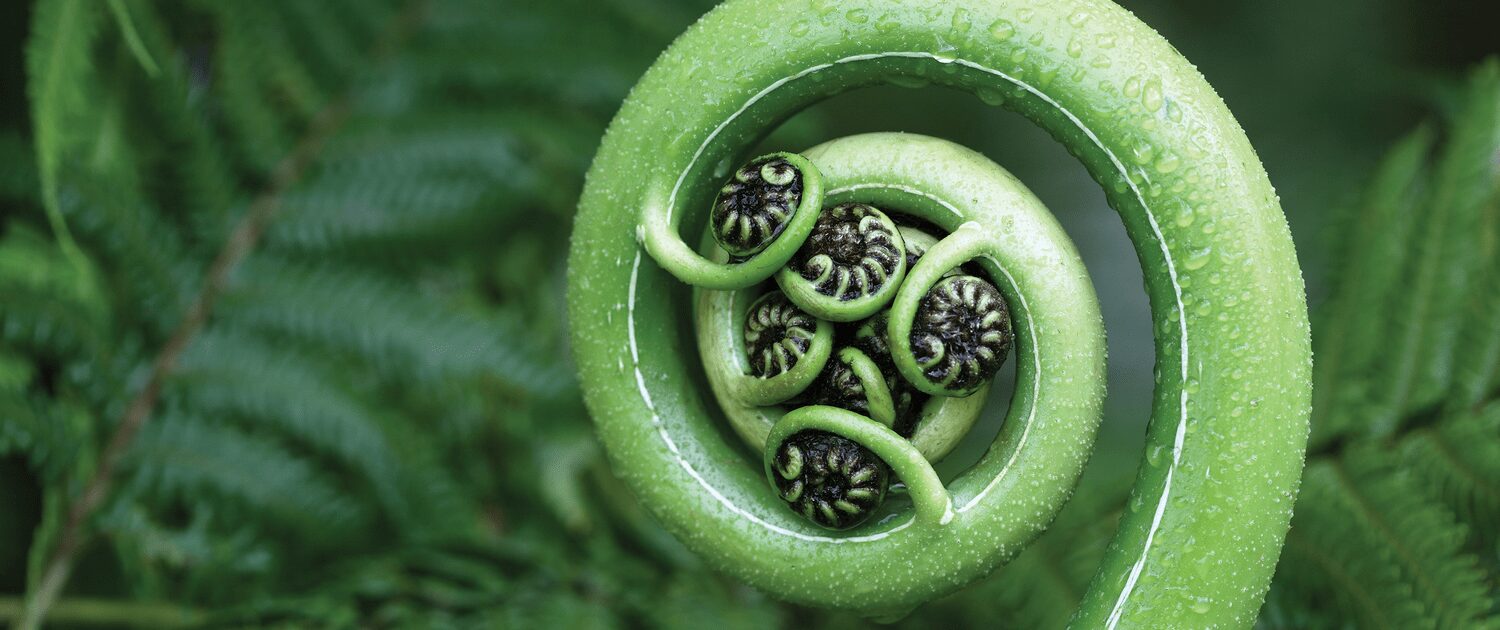THE ART OF IDENTIFYING WILD PLANTS
WRITTEN BY MARESA GIOVANNINI
Nature—with its greenery, fresh air, and symbiotic ecosystem—has the incredible power to help you heal. The mental clarity and sense of belonging you can find in the woods is said to be a boon for your health, from lowering blood pressure to improving pain thresholds. And who couldn’t use a little boost these days? If you are looking to spend more time outdoors, you may also want to learn about the flora (and fauna) that surrounds you. Here, we’ve gathered some get-started guidance for identifying wild plants.

Identify the Reason.
Foraging for plants to use for food, art, or medicinal purposes is a popular pastime. If you are feeling inspired by the Luddite lifestyle and want to live simply, foraging public land or your own property can be a great way to stay sustainable. Of course, there is always a level of risk when harvesting plants you find versus grow. Spend ample time learning before you harvest. And always set aside some extra pieces for additional identification in case you have an adverse reaction. Get your hands on a forager’s calendar so you can keep track of the type of plants that are in season any given time of the year.
Identification doesn’t need to have tangible results. Perhaps you desire a new hobby or a wealth of outdoor information. Learning all about local plants can help you design a better home garden, be mindful of where you step on the trail, and—as an added bonus—enhance your success at trivia games and crossword puzzles. However you use your newfound knowledge, it doesn’t hurt to know more about the wild things just outside your door.
Learn the Ropes.
Plant identification is an activity the whole family can participate in. With so many ways to approach the process, you can make it work for any age or skill level. If you have a child who shows extra interest, consider enrolling them in a nature camp. Kids and grown-ups alike may find kindred spirits in local foraging groups. Regional parks may offer interactive day or weekend experiences.
If you would rather do it yourself, there are a few tools that can help you succeed. First and foremost, grab a field guide to keep in your backpack or back pocket (see the sidebar for specific suggestions). Then, consider optional items such as a magnifying glass, binoculars, ruler, nature journal, and colored pencils. The journal and pencils will help you keep track of your finds and become more familiar with the shapes and shades of plant families in your area. While these tools will help you with tried-and-true identification methods, feel free to download an identification app or two to confirm your findings.
Take It Home.
If you want to bring the natural world inside your home, collect broken leaves and flowers on a nature walk. Use a flower press to flatten and preserve your finds, then display them in a floating frame or mounted to archival paper. This type of hands-on activity is a great way to engage children and help them see the fruits—or flowers—of their labor.
botany books
The best tool to help you get started with any kind of identification is a field guide. Look for one that specializes in the plants and animals native to the region where you live or frequently visit. Getting accustomed to identifying flora and fauna that you see every day will inspire you to think outside the box and make more observations leading to identification on the fly. Here are a handful of general guides to get you going.
Botany in a Day: The Patterns Method of Plant Identification
by Thomas J. Elpel
This illustrated guide helps you learn in bulk and change the way you see plants. Instead of identifying one at a time, it teaches you to identify based on plant family patterns, ultimately giving you freedom from a guide when exploring.
Flowering Plant Families of the World
by V. H. Heywood, R. K. Brummit, A. Culham, and O. Seberg
Specially designed to help you study and identify blooms, this colorful guide is a go-to for botany from A to Z.
Plant Identification Terminology: An Illustrated Glossary
by James G. Harris and Melinda Woolf Harris
One of the many resources used by US Forest Service botanists, this glossary is good on the go. The paperback book provides over 1,900 illustrations with key descriptors.

Deborah Farmer




HOME BY DESIGN / The Renovations Issue 2021

